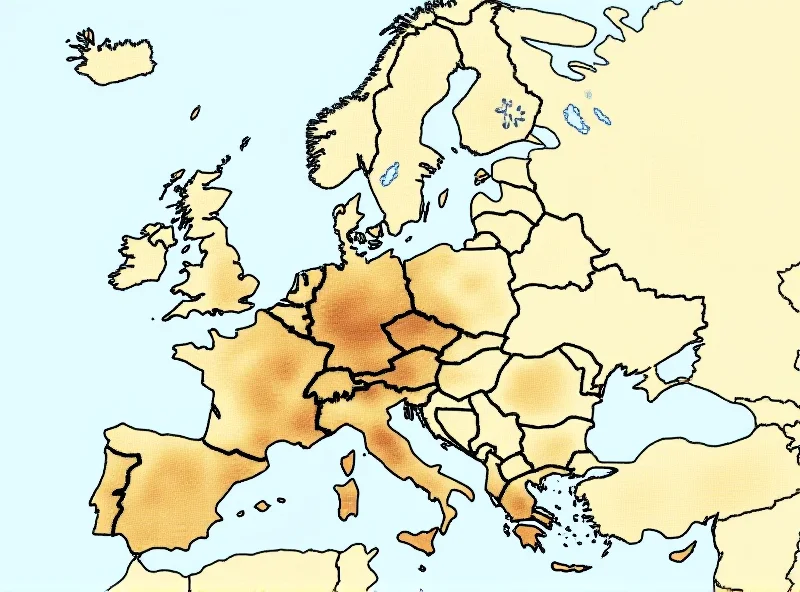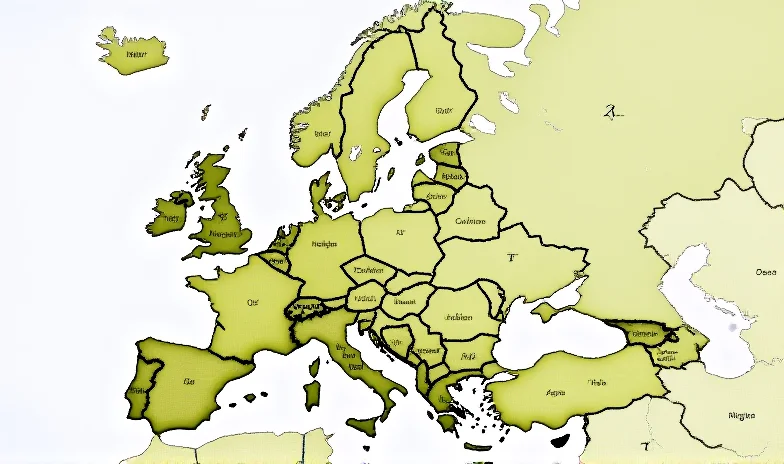Europe faces a growing concern over "forever chemicals," and a new map is shedding light on the problem. This innovative visualization, the result of unprecedented data aggregation, illustrates the widespread contamination of Europe by PFAS, or per- and polyfluoroalkyl substances.

Mapping the Invisible Threat
PFAS are a group of man-made chemicals that don't break down easily in the environment or the human body. This persistence is why they're often called "forever chemicals." They're used in a wide range of products, from non-stick cookware to firefighting foam, and can leach into soil, water, and air.
The new map offers a crucial tool for understanding the scope of the issue. It highlights areas with high concentrations of PFAS, allowing researchers, policymakers, and the public to better assess the risks and develop strategies for mitigation. The data aggregation behind this map is a significant step forward, providing a comprehensive overview where previously only fragmented information existed.
"This map provides the first-ever visualization of the extent of Europe's contamination with these toxic and persistent substances."
Drug Use Trends in the Czech Republic
While Europe grapples with PFAS contamination, drug use trends are also under scrutiny. A recent European online study from 2024 indicates that cannabis remains the most popular drug among users in the Czech Republic. However, the study also highlights the increasing popularity of other substances.

Cocaine and kratom are reportedly gaining traction among Czech users. Kratom, in particular, is a plant-based substance with opioid-like effects that has raised concerns among health professionals.
Looking Ahead
Both the PFAS contamination map and the drug use study underscore the importance of ongoing monitoring and research. Understanding the scope of environmental contamination and substance use patterns is crucial for developing effective public health policies and protecting the well-being of European citizens. Addressing the challenges posed by persistent pollutants and evolving drug trends requires a collaborative effort across borders and disciplines.

